
The North Atlantic Treaty Organization (NATO) recently celebrated its 75th year. With the ongoing war in Ukraine, the alliance is as important today as it was in 1949. Defense spending is one of the biggest points of contention between the 32 members of NATO. For decades, the United States shouldered a disproportionate share of the overall burden. At a summit in Wales in 2014, members agreed to commit 2% of their GDP on defense. While there has been significant progress in reaching this goal, one nation lags far behind the others.
Iceland is a founding member of NATO but the Nordic island has no army and doesn’t plan to create one. This article will look at Iceland’s role in NATO, how it came to join, and what it provides the alliance in lieu of soldiers.
Why This Matters
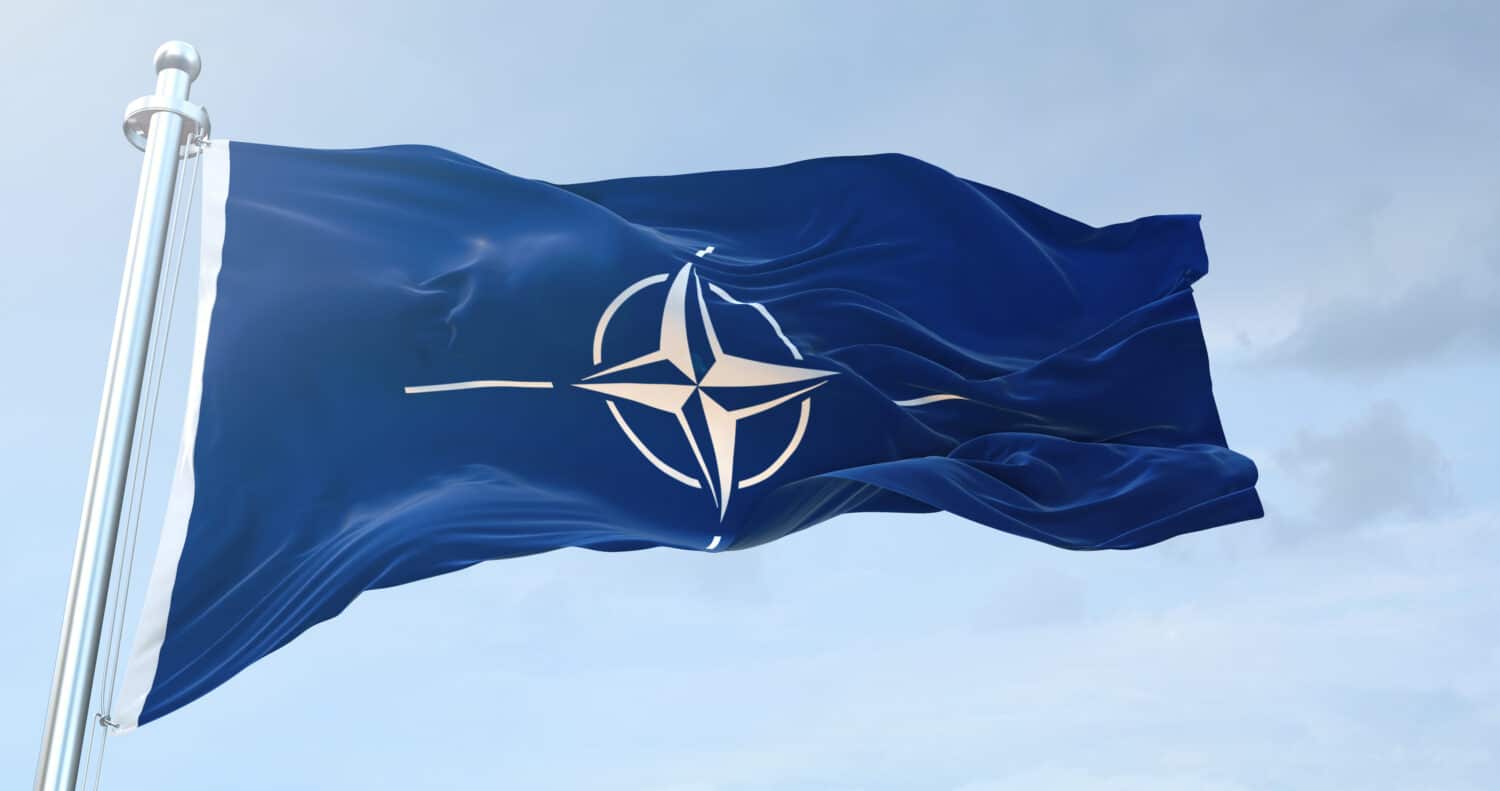
NATO’s future is one of several issues that will be decided in the US presidential election. With each candidate offering a sharply opposing view of America’s role in the alliance, a deeper understanding of NATO’s internal politics is important.
Historical Background

Iceland was a Danish dependency from the 14th century until 1918. The Danish-Icelandic Act of Union signed just after World War One ended granted Reykjavik sovereignty. Copenhagen still controlled Iceland’s foreign policy and Christian X was still monarch over both nations but the act gave a pathway to eventual independence.
World War Two sped up Iceland’s path to independence. After Germany occupied Denmark in 1940, the British launched Operation Fork to capture the island and prevent it from falling into German hands. Iceland protested but offered no resistance to the British forces. A the height of the occupation, 25,000 British personnel were stationed in Iceland. Official documents from the time referred to “Iceland (C)” to prevent it from being mistaken for Ireland.
Iceland had previously asked the United States to be included in the Monroe Doctrine but the Washington had little initial interest in the proposal. In July 1941, the United States took over the occupation of Iceland from the UK until 1944. Denmark was technically still under German control when Iceland declared its independence on June 17th, 1944. Some Icelanders assumed the country would revert to its prewar neutrality after World War Two while others considered Iceland’s role in the postwar world. The war had shown how vulnerable Iceland was to invasion and its key geographic position meant it couldn’t truly remain neutral.
Location Location Location
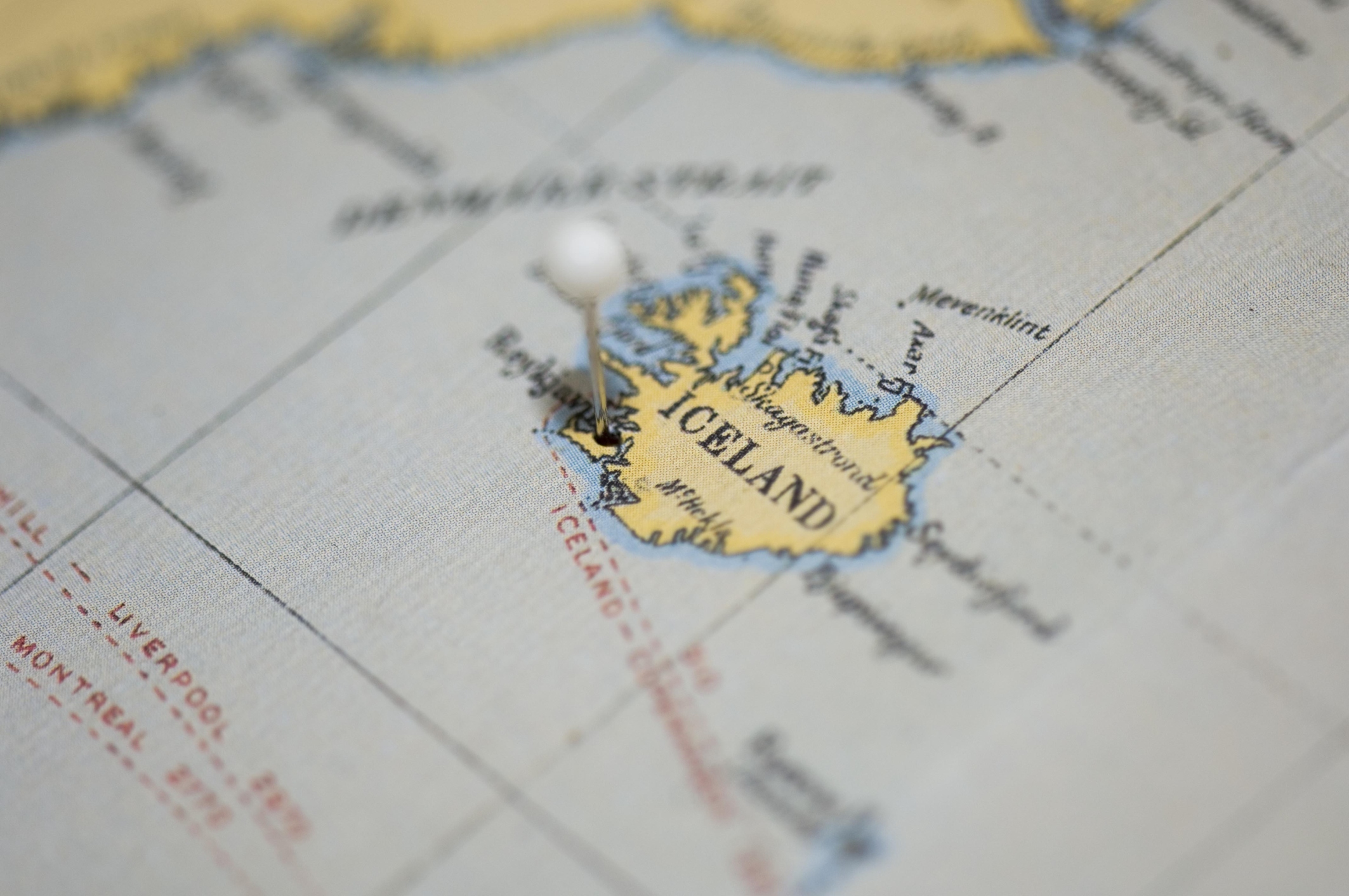
As Karl Haushofer, an influential German general and professor once remarked:
Whoever controlled Iceland held a revolver constantly pointed at Great Britain, Canada, and the United States.
Iceland’s geographic position made it a priority for the Allies in World War Two and was just as important in the Cold War. The island allows control of the GIUK gap. The GIUK gap refers to the waterways between Greenland, Iceland, and the United Kingdom. In World War Two it was an important staging area for anti-submarine warfare and defeating the German ‘wolf packs’ that attacked Allied shipping. In the Cold War, Iceland was key to keeping tabs on Soviet submarines passing through the GIUK gap. Today, Iceland remains the key to securing the North Atlantic.
Iceland Joins NATO
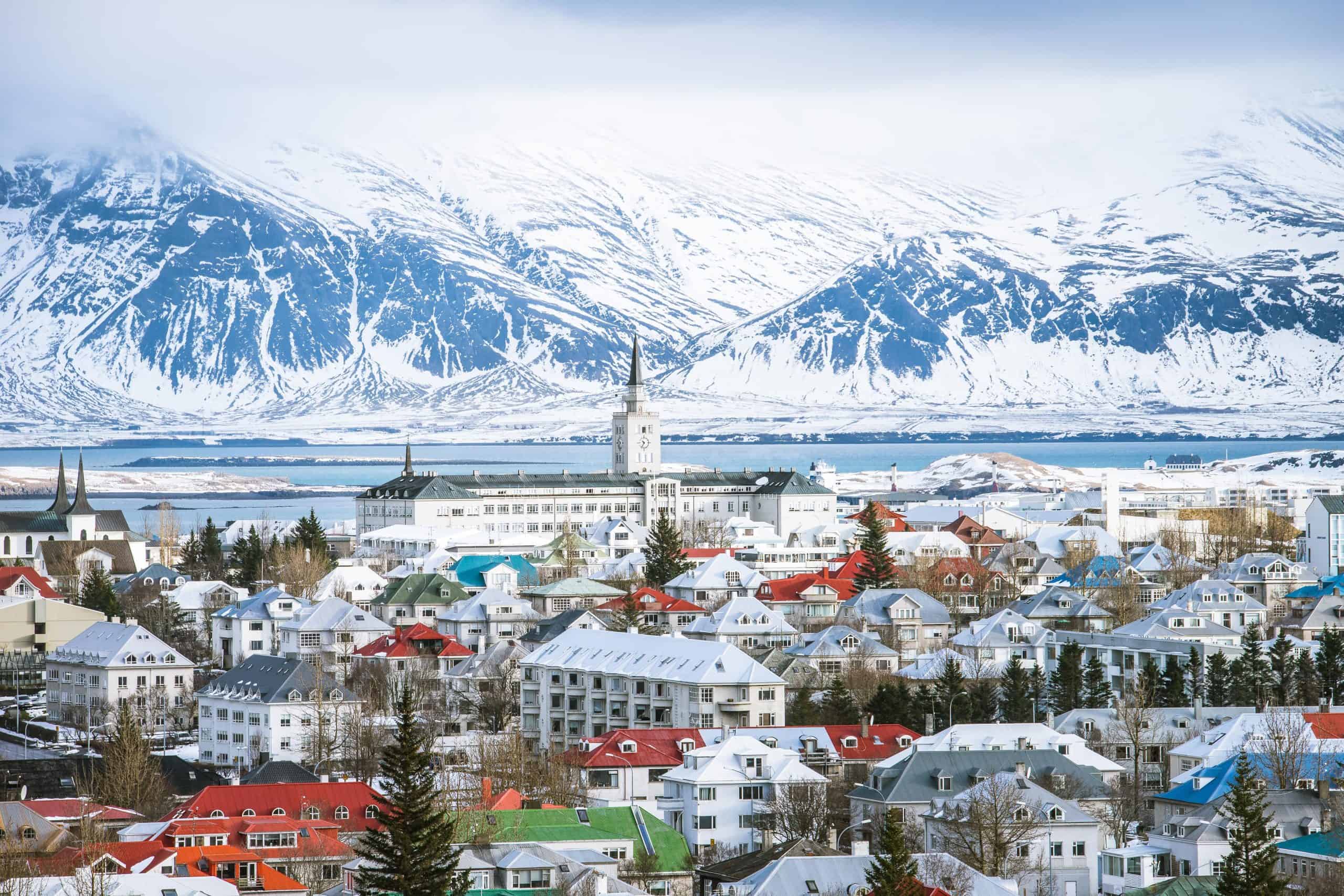
Iceland joined NATO as a founding member in 1949. One of the main driving forces behind Iceland abandoning neutrality was Foreign Minister Bjarni Benediktsson. Interestingly, his identically named great-nephew is the current Prime Minister. Benediktsson argued that Iceland’s best defense against communist influence was as part of NATO. Joining NATO was controversial and hundreds of protestors and counter-protestors gathered outside the Althingi, Iceland’s parliament, on March 30, 1949.
The Althingi voted to join NATO 37 to 13, sparking clashes between pro and anti-NATO Icelanders in the streets of Reykjavik. The riots were eventually brought under control by the police but NATO skepticism still has a home in Icelandic politics today. Iceland and the United States signed a bilateral security agreement in 1951 and the pact is periodically updated. The United States helped build a naval airbase at Keflavik. NAS Keflavik was a vital part of NATO Cold War strategy but after the fall of the USSR in 1991 declined in prominence. The base was shut down in 2006 but reopened in 2017 as relations with Russia deteriorated.
Icelandic Values and Demographics
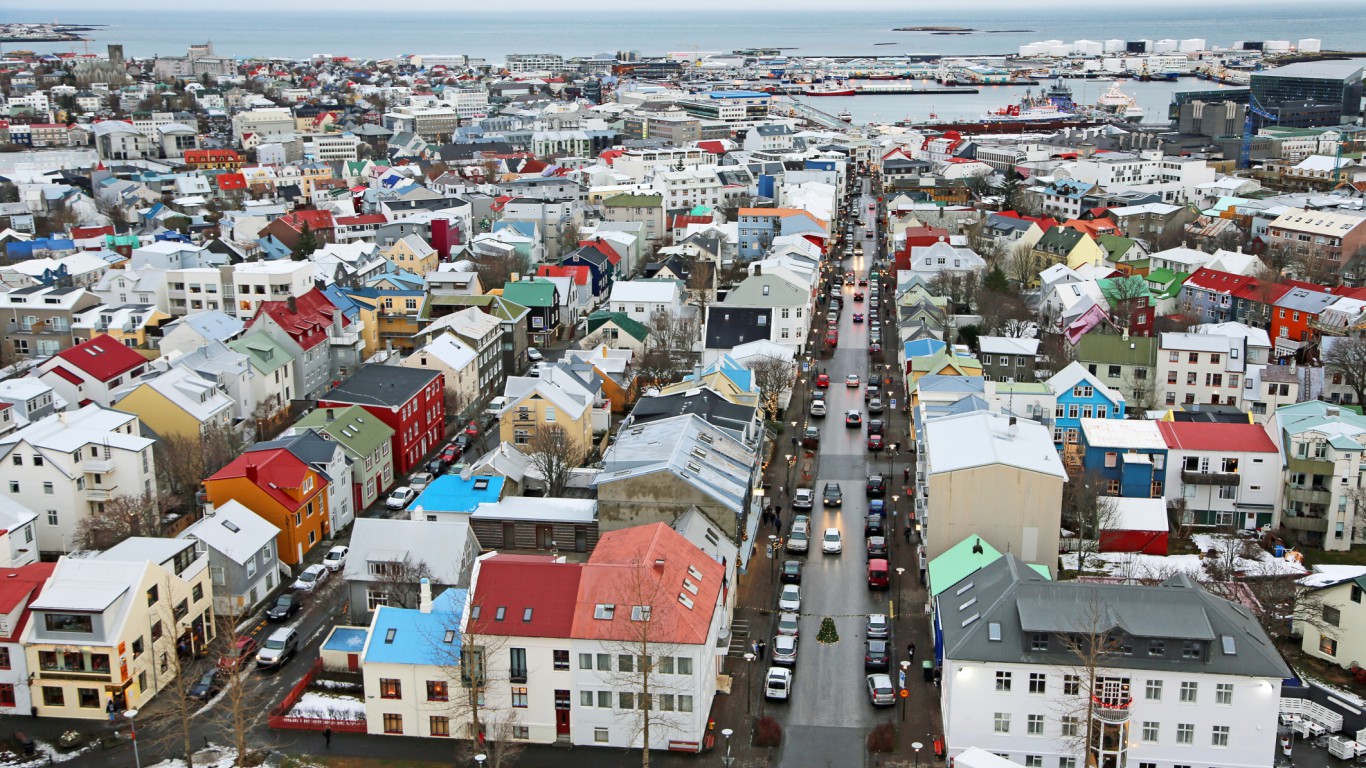
Iceland takes a nuanced view of global peace and security. It manages to be a pacifist nation with a strong emphasis on diplomacy and disarmament while maintaining membership in the world’s most powerful military alliance. Like other Nordic nations, Iceland strongly promotes women’s empowerment, and human rights, and maintains a robust social safety net. Though allied with nuclear powers, Iceland maintains its land and territorial waters remain free from nuclear weapons.
Iceland fully backed Finland and Sweden’s bids to join NATO, In 2022, Iceland, Norway, and Denmark released a joint statement of support:
Finland and Sweden’s security is a matter of common concern to us all. Should Finland or Sweden be victim of aggression on their territory before obtaining NATO membership, we will assist Finland and Sweden by all means necessary.
Iceland remains the only NATO member without any armed forces. In any case, Iceland lacks the population and resources needed to sustain a standing army. Its population is less than 400,000 with only around a quarter of military age. Iceland’s economy is wholly dependent on its fishing industry to the extent it has gone to “war” and won multiple times against a fellow member of NATO: Britain. With a GDP of around $25 billion, Iceland actually meeting the 2% goal would make no real difference to NATO’s defensive capability.
How Iceland Contributes To NATO
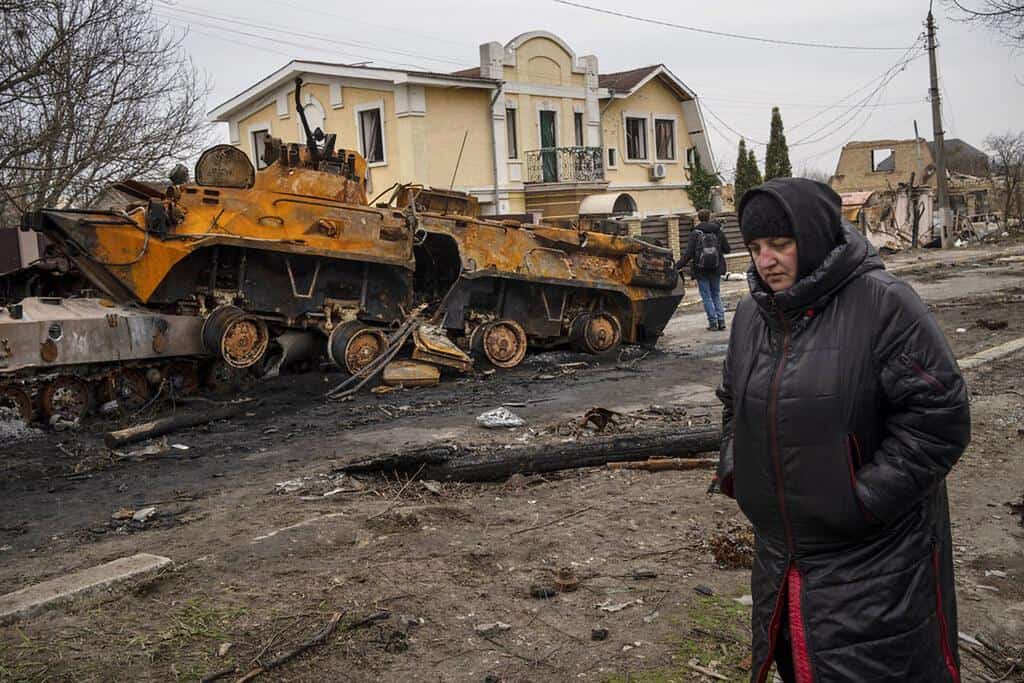
Iceland’s importance to NATO declined in the post-Cold War years and in the early 2000s when the United States pivoted towards the Middle East and the Pacific. However, renewed Russian aggression beginning with the 2008 intervention in Georgia caused NATO to once again focus on its namesake’s region.
The Icelandic Coast Guard operates the NATO Iceland Air Defense System (IADS). The IADS consists of four radar systems that overlap to cover a vast area roughly equivalent to the size of Germany. Iceland provides round-the-clock monitoring of this strategically vital area. Fighter jets from NATO allies are periodically posted to NAS Keflavik, Iceland’s air base that reopened in 2017. Keflavik also hosts an American squadron of Boeing Poseidon P8A Maritime Patrol Aircraft and B-2 stealth bombers. In February 2024, the UK and USA conducted a joint training exercise at NAS Keflavik. Iceland also provides some financial contributions to NATO’s operating budget and civilian personnel.
Iceland also provides aid to Ukraine in the ongoing conflict with Russia. In addition to donating a fully-equipped field hospital, Iceland contributed to Czechia’s initiative to purchase artillery shells for Ukraine. The first shipments arrived in June 2024. Iceland has also helped with train bomb disposal squads in Lithuania, sent winter gear, and helped deliver supplies and equipment from other NATO allies.
Conclusion

Iceland is the smallest member of NATO but its strategic importance negates its tiny population and economic limitations. Even if Iceland were to suddenly conjure a military and dedicate 2% of its meager GDP towards defense, the impact on NATO’s overall strength would be minimal. However, if Iceland left the alliance, NATO would become significantly weaker. Iceland has little to offer in terms of personnel but securing the GIUK gap is as important today as it was at the height of the Cold War. Iceland still contributes financially to NATO and is playing a small but useful role in helping Ukraine. With increased Russian aggression against its neighbors, the renewed focus on the North Atlantic means Iceland is again a key member of the alliance and will be in the years to come.
It’s Your Money, Your Future—Own It (sponsor)
Retirement can be daunting, but it doesn’t need to be.
Imagine having an expert in your corner to help you with your financial goals. Someone to help you determine if you’re ahead, behind, or right on track. With SmartAsset, that’s not just a dream—it’s reality. This free tool connects you with pre-screened financial advisors who work in your best interests. It’s quick, it’s easy, so take the leap today and start planning smarter!
Don’t waste another minute; get started right here and help your retirement dreams become a retirement reality.
Thank you for reading! Have some feedback for us?
Contact the 24/7 Wall St. editorial team.
